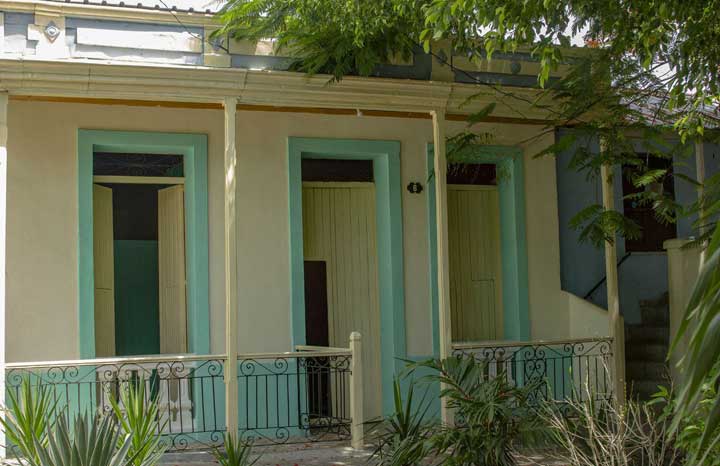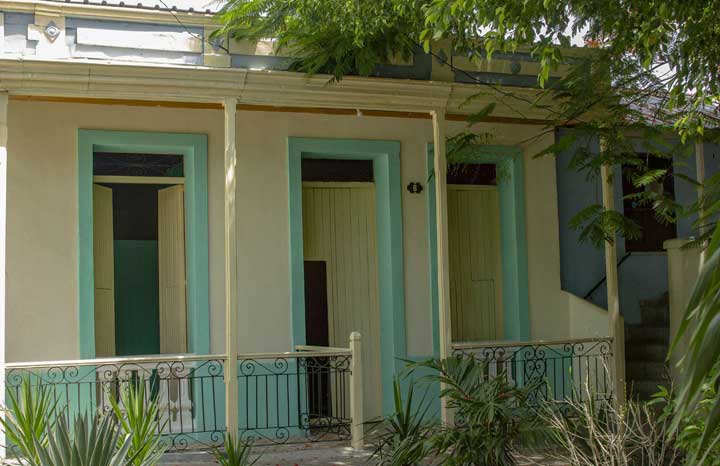SANTIAGO DE CUBA, the first city Fidel Castro came to know at the age of six, had a definitive impact on his patriotic feelings and has become nowadays a symbol of the rebelliousness, resistance and perseverance of the Commander-in-Chief.
The arrival in the territory in 1932 from Biran to the popular neighborhood of El Tivoli, in order to start schooling at the prestigious La Salle School, was the beginning of a relationship that, even after the physical death of the revolutionary leader, continues with the replication of a legacy of unity and solidarity.
According to Frank Josue Solar, historian of the University of Oriente, the early contact with an urban environment characterized by deep-rooted cultural and combative traditions, as well as the possibility of observing the student struggles against the dictatorship of Gerardo Machado in its last months, forged in the newly arrived child the insurrectional values and the rejection of repression.
According to the Commander in Chief himself, the specialist explained, he became a revolutionary at the University of Havana, however, the city that welcomed him in his childhood was the seed of his rebelliousness and liberating spirit.
During



